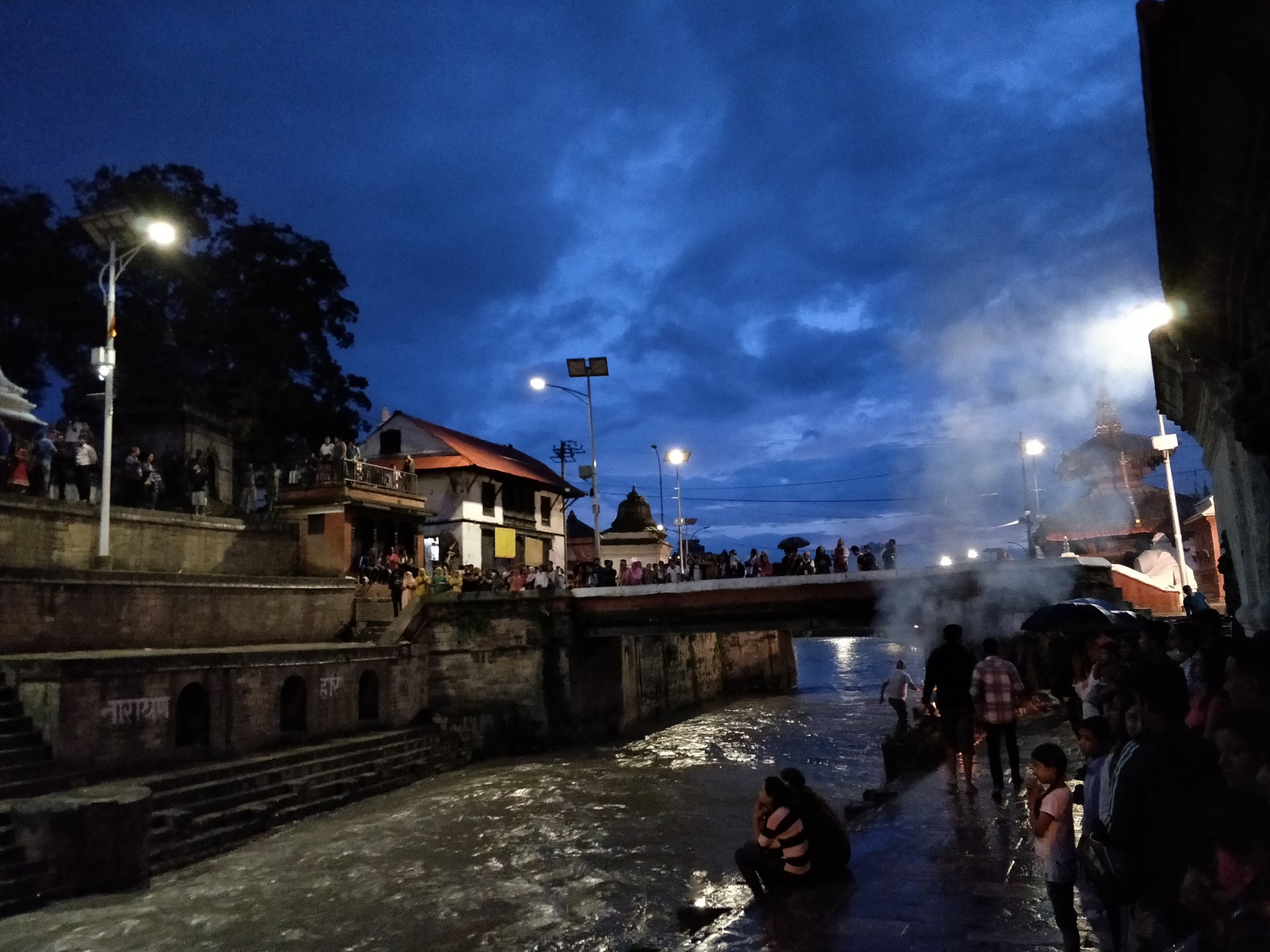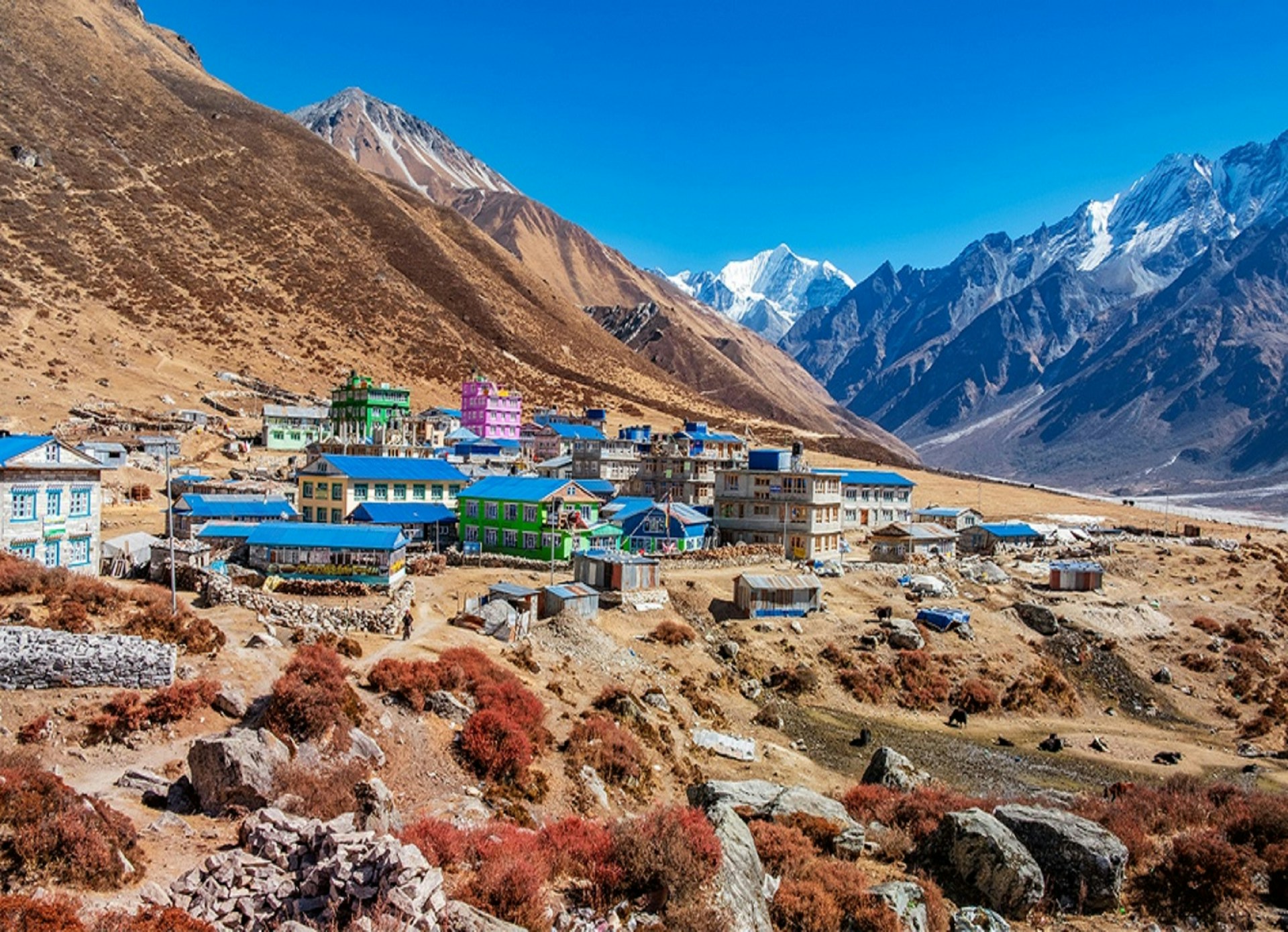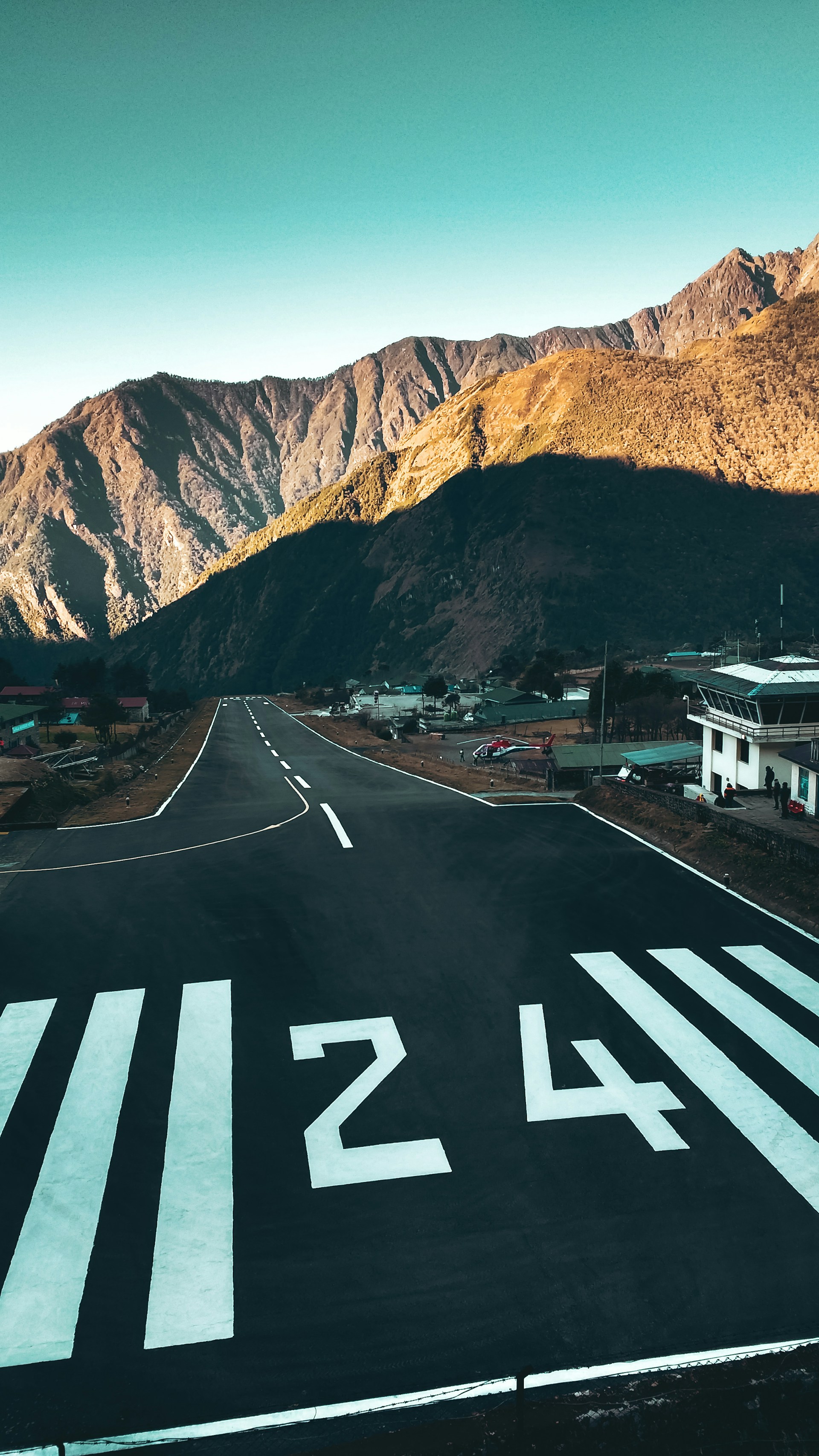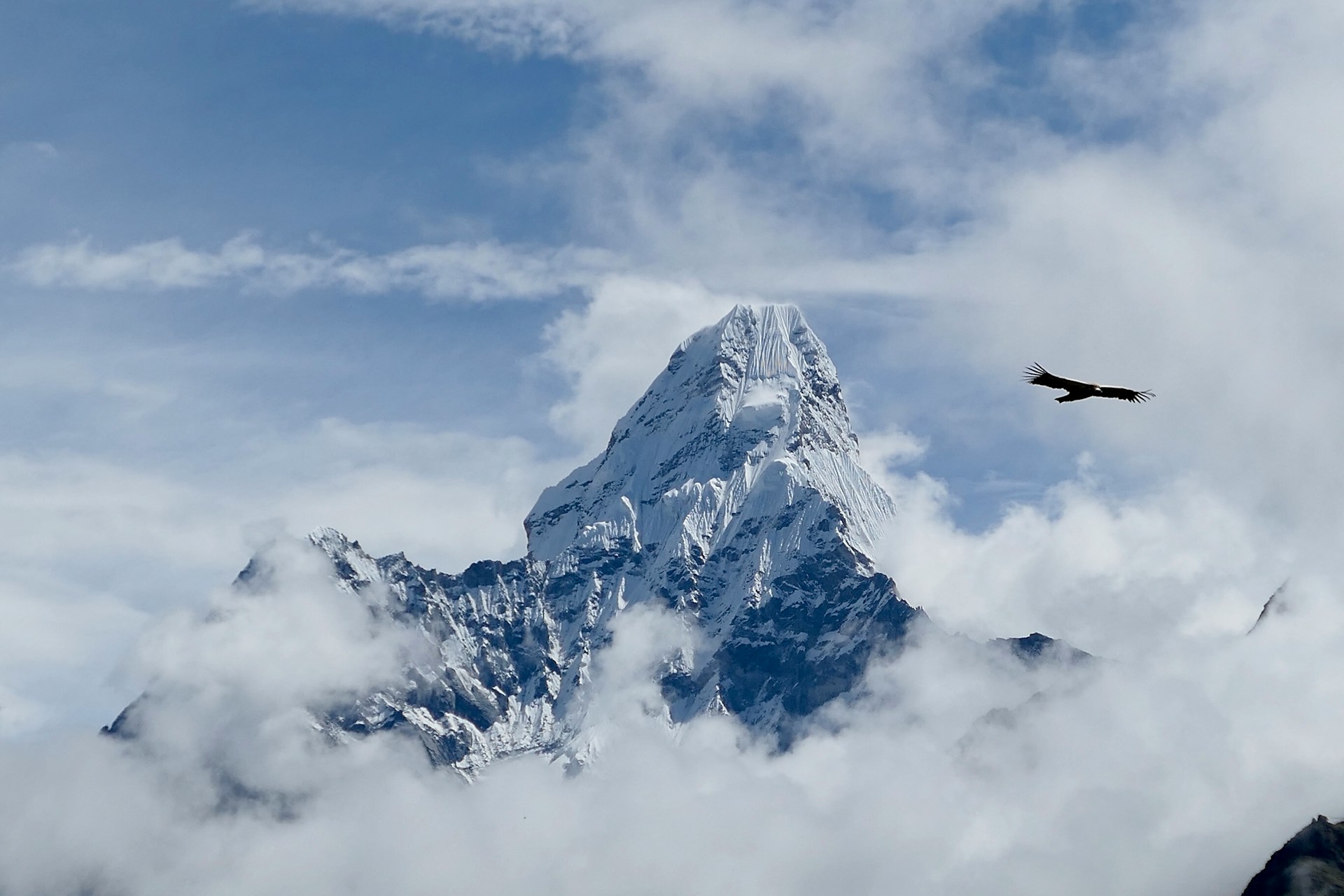Nepal's Religious Harmony
Religion is a set of beliefs, symbols, and practices based on the idea of the sacred, that unites believers into a socio-religious community. It is not a phenomenon of recent emergence. It is originated in the form of a continuous process long before history began, as a myth. Nepal is multi-cultural, multi-ethnic, multi-lingual and religious diverse nation with all the religions being practiced since ancient times here. Nepal is also a secular state and Democratic country according to constitution of Nepal. The treatment of all religions equally by the state and Freedom of religion is also guaranteed by Nepali constitution. Nepal is a country rich in cultures and traditions. It is a beautiful garden where people of different languages, caste and religion live together in a harmony and mutual cooperation. In early 2006 and the sacking of king Gyanendra in 2008, Nepal was declared as Hindu country. Hinduism was the major religion of the country where other religions like Islam, Buddhism, and Christianity were in a small population. But, in January 2007, Nepal was declared as a Secular country. Earlier, many people were Hindu but up to this time, people of different religion are living with sound harmony.
Unity in deversity
Nepal is a country of amazing extremes, full of diversity and fascination of religion. Basically, there are ten religions practiced in Nepal. They are Hinduism, Buddhism, Islam, Kirat, Christianity, Prakriti, Bon, Jainism, Bahai and Sikhism. The main religions followed in Nepal are Hinduism, Buddhism, Islam, Kirat, Christianity. As of the 2011 census, 81.3% of the Nepalese population is Hindu, 9.0% is Buddhist 4.4% is Muslim, 3.0% is Kirant/Yumaist, 1.4% is Christian, and 0.9% follows other religions or none religious. The geographical distribution of religious groups in the early 1990s revealed a preponderance of Hindus, accounting for at least 87 percent of the population in every region. The largest concentrations of Buddhists were found in the eastern hills, the Kathmandu Valley, and the central Tarai; in each area about 10 percent of the people were Buddhist. Buddhism was more common among the Newar and Tibeto-Nepalese groups. Among the Tibeto-Nepalese, those most influenced by Hinduism were the Magar, Sunwar, and Rai peoples. Hindu influence was less prominent among the Gurung, Limbu, Bhote, Tamang and Thakali groups, who continued to employ Buddhist monks for their religious ceremonies. Since both Hinduism as well as Buddhism are Dharmic religions, they usually accept each other’s practices and many people practice a combination of both.
Religious harmony is the intresting topic that is very unique in modern world. As we can always see the religious clashes in the world, but being such a diversified country in terms of religion, there had never been clashes here. All religion in all regions are staying at harmony. There is always respect for one another religion. There are public holidays in Festive days of all religion. In Budhha Jayanti, A hindu go Gumba and In Christmas, A muslim enjoys the festival with friends And Family. This is Nepal, the unity in religious diversity. A perfect example of religious harmony.
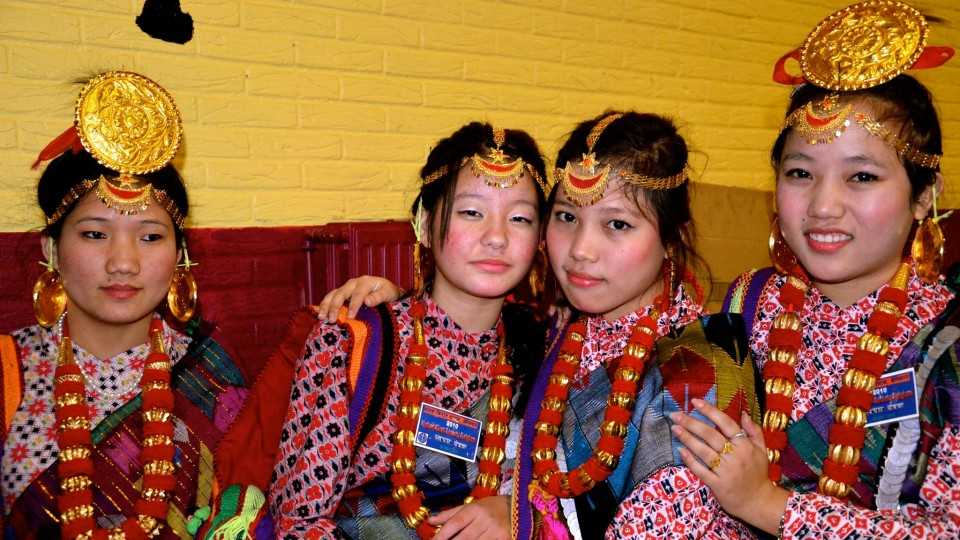
A stunning representation of Nepali heritage, showcasing vibrant traditional attire and intricate cultural jewelry.
Recent Blog Posts
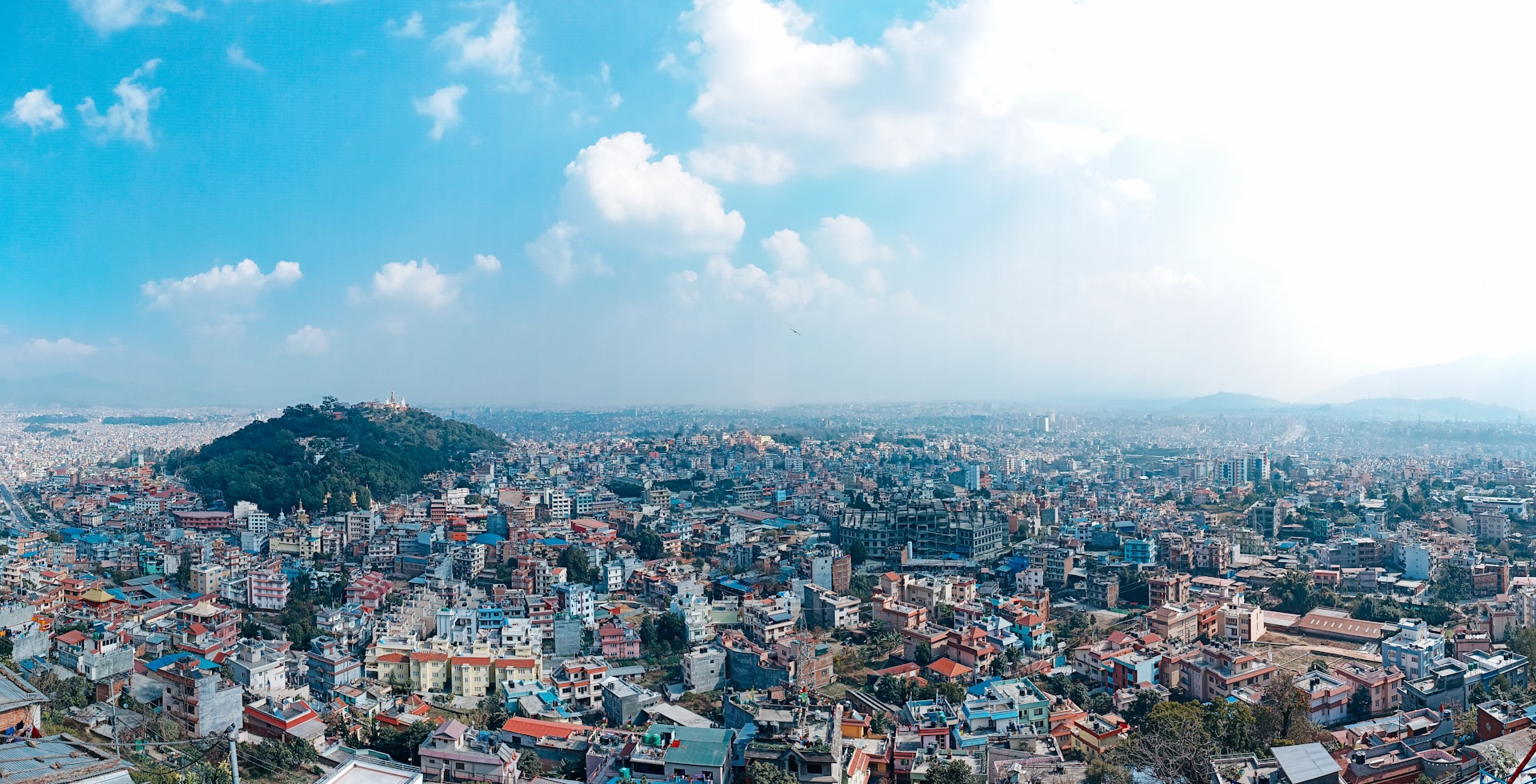
Kathmandu Valley: Exploring the Capital of Nepal
Jun 15, 2025
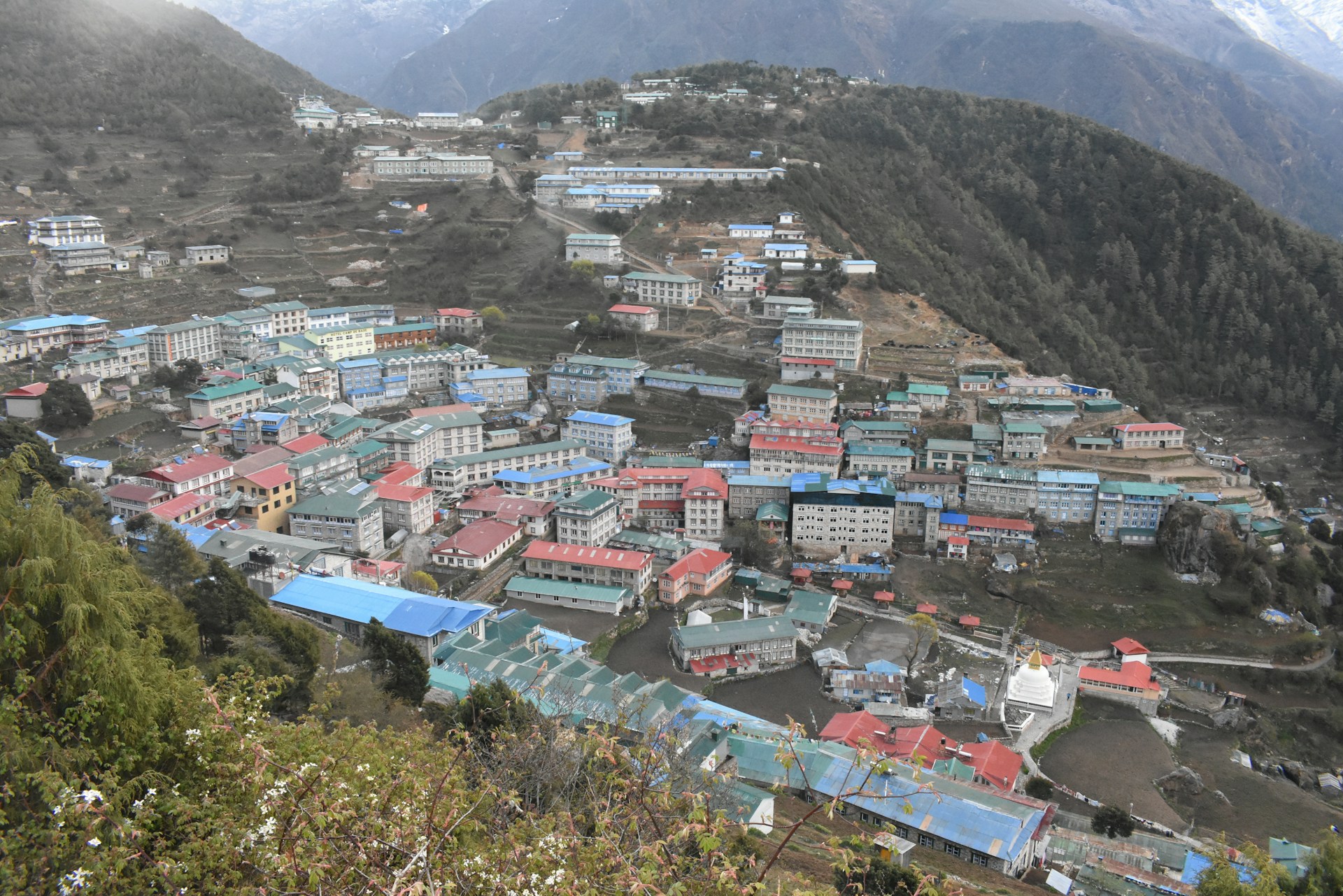
Namche Bazaar: What to Expect in the Sherpa Capital
May 20, 2025
